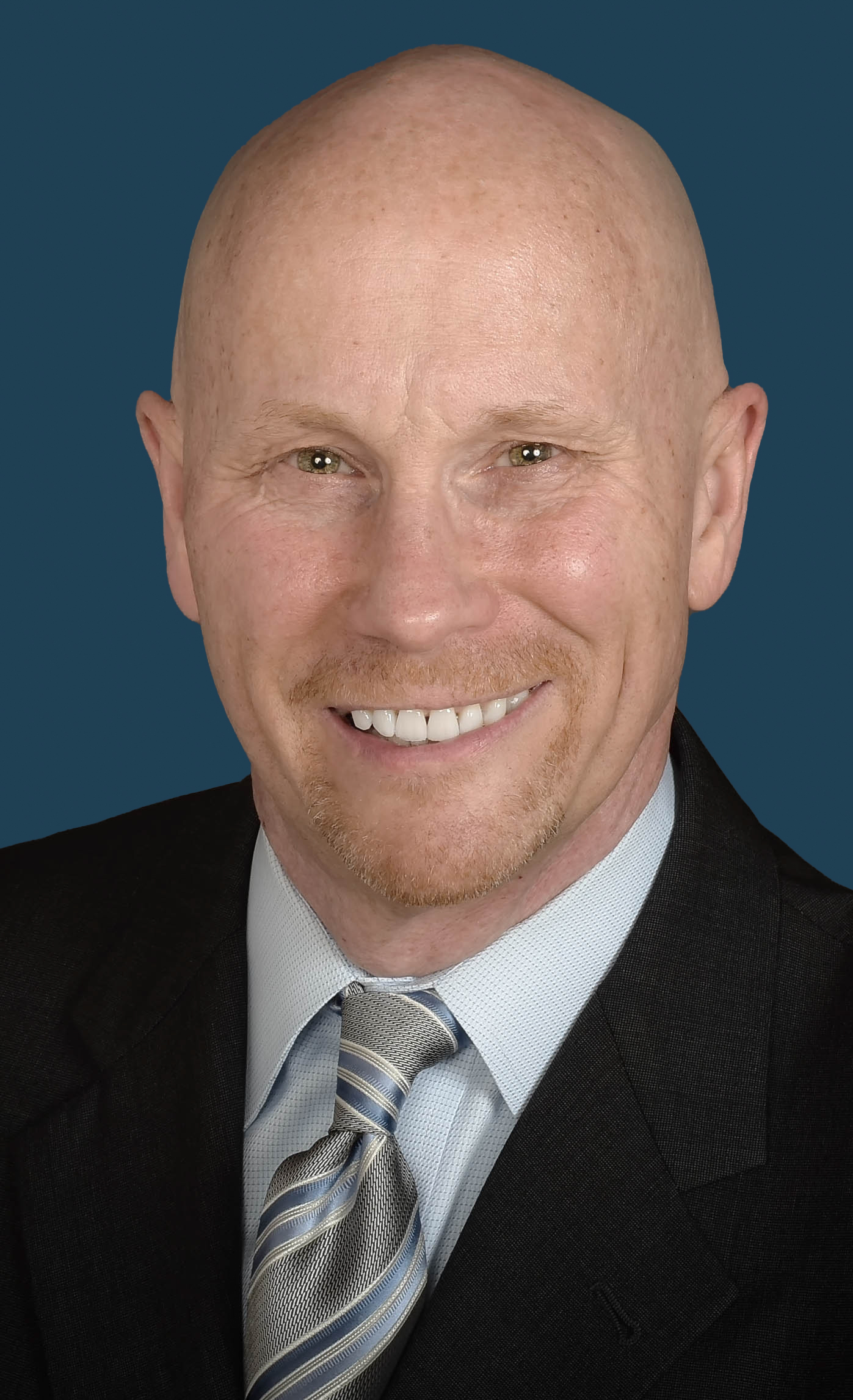Entering a large-scale transformation project can be a daunting task. But does it need to be? What separates a successful project from one that is fraught with delays and cost overruns? While the execution of any large-scale implementation project is critical, equally so is the planning phase. It is here, during planning, before the vendor even lands in your office, that the foundation of a successful project is formed. Consider the following three principles as keys to your success.
EFFECTIVE PROJECT SPONSORSHIP
While the specific style of project management may vary depending on organizational culture, project complexity, and stakeholder dynamics, securing, and holding executive-level sponsorship is an absolute requirement for success. Without ongoing strong top-down support, project management will not be able to administer the necessary authority to garner the required resources, manage stakeholders, and impose risk mitigation strategies to keep the project on schedule.
Winning over “hearts and minds” once the project has kicked off can needlessly provoke bruised egos and delays to the project timeline. Strong executive hands-on sponsorship, in partnership with project management, needs to obtain buy-in from all principals before the project kicks off. Objections and concerns must be flushed out, understood, and planned for and/or resolved. Again, leadership at all levels of the organization must be enrolled in the project’s efficacy and act as an ongoing advocate for its success.
UNDERSTANDING THE FULL SCOPE OF THE PROJECT
A large-scale project has many tentacles that will touch every corner of your organization. Think of the ripples caused by a stone being thrown into a calm body of water. Is there an understanding as to what functional teams all those ripples represent? This is an often glossed-over exercise that has the potential to overlook key stakeholders and invite problems right out of the gates. Everyone who is anyone within the scope of a project must have a seat at the table from the very start. The inter-relationship between business processes/requirements, data, and systems can only be fully represented by those that know them best. For example, is it possible to have a meaningful design discussion with Portfolio Managers and Traders without Compliance being at the table at some point? I would say, no!
These same considerations are equally significant for both internal and vendor-based systems. The input of those who have expertise in the design of any homegrown system is essential. Are they being decommissioned? What connectivity to the new system needs to be established? Challenges? Are there any contractual obligations that need to be considered and managed?
The point is clear. Nobody who is remotely close to the ripple effects of a project can be left out of the conversation. These projects are complex, and they require as big a tent as necessary to garner your organization’s collective perspective, knowledge, and expertise.
ARE YOU PREPARED?
Planning. This is the key. Now that you have secured executive sponsorship and have identified all the necessary stakeholders across your organization, it’s time to circle the wagons and pull together the details required to get this project off on the right foot. Exactly which details will obviously depend on the nature of your project. Let’s use a front-to-back trading OMS platform as an example. Considerations include portfolio attributes, custodial details, 3rd party vendor requirements, compliance rules, IMA restrictions, specific accounting needs, data management requirements, risk reporting, operational processes, audit, client reporting, surviving system requirements, and more. The depth of this task, gathering and organizing the details supporting each of these business requirements, is no small task. Be proactive by engaging the vendor and understanding what they will require. Waiting to do so until after they arrive on the scene with their kick-off PowerPoint deck will delay the project for weeks. Start now!
HOW MERADIA CAN HELP
Expecting to complete a large-scale transformation project without any bumps, headaches or unanticipated delays is unrealistic. However, the road to a successful implementation can be achieved with forethought, communication, discipline, and organization. These three principles are not meant to be a holy grail, but they are strong pillars for you to build upon for what best fits your organization.
Download Thought Leadership Article Program and Project Management All Meradia Asset Managers, Service Providers & Outsourcers Christopher Dyer info@meradia.com
info@meradia.com


